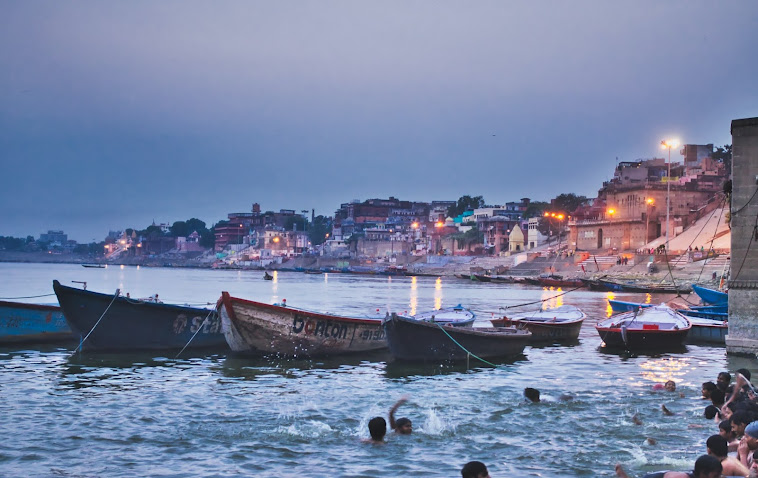**Advertisement Feature**
If you are thinking of where to travel to next or planning your next big Adventure and are looking for somewhere that is full of culture, character and charm then India should be at the top of your list. Many people have a stereotypical idea of what India may be like and whilst there are definitely places that may resemble this, India is a huge and diverse country with so much to offer.
The population is home to around 1.2 billion people (or around 15% of the worlds population), there are around 22 official languages spoken (with Hindu and English being the main languages spoken). It is situation in South Asia and has a diverse variety of terrain from the Himalayan mountains to deserts, rivers to beaches and bustling cities full of charm.
You will find it all in India, but with so much on offer planning is definitely key! Below I have shared some tips and advice on what to expect and how to prepare for a trip to India. So before you book tailor made holidays to India, give the below a read.
It is of course worth noting that given the current situation across the world, it is always worth checking current travel advice an restrictions as well as any policies for testing and isolation before you book any holiday or travel.
Immerse yourself in the culture
People may be hesitant to visit India as often stereotypical images of the poorer more deprived areas of India are publicised. However, whilst these parts of India do of course exist, India is full of culture, traditions and beautiful spaces from beaches to mountains and actually makes a fantastic place to travel too.
Across India you will find a diverse range of terrain including beaches, islands, rivers, mountains and beautiful forest spaces. There are over 33,000 temples and a wide range of cultures, languages and beliefs across different parts of the country. In the popular main parts of India, adjusting can be quite a shock but once you get used the busy, bustling and vibrant streets and markets you can truly enjoy the Indian culture. If you are worried about this or really want to experience the best of India it may be worth booking with a tour guide who can show you around and help you on your break.
Food, food and more food
Always carry cash
Whilst ATM machines are wide spread and readily available in the large cities you will still need to carry cash with you when you travel around India. This is because many of the small vendors, rickshaw drivers (one of the main modes of transport in India) and almost all of the smaller businesses and vendors in more rural areas of the country will only take cash. Not only this but often the ATM machines will be out of order or out of cash and therefore without knowing where the next one is, it can be hard to find one near by. So to ensure you don't get caught out of money, ensure you exchange enough currency before your trip.
Plan where you want to go and what you want to see ahead of time
India is huge, in fact India is so huge there is no way you could see it all in just one trip! That is why is it really important to work out what you would like to see, where you would like to go and to plan your routes and travel around this. Having a planned itinerary beforehand will mean you won't get side-tracked by all of the other beautiful and intriguing sites India has to offer. There are plenty of reviews online as well as on sites such as trip advisor which can be a good place to start if you have no idea what you want to see. Start with a list of all of the things you wish to see and do and then work out logically how you will travel to and from each one, accommodation and costs etc and then work out how many you can realistically fit in on your trip.
There are lots of ways to get around from trains and rickshaws to private taxis, planes and buses (both private and government owned). How you travel will depend on where you want to go, how long your journey will be and of course budget. But there are always plenty of options to get around as long as you book in advance which is why planning your trip ahead of time is super important too.
It is also worth taking into account and festivals or religious holidays that are happening at your time of travel as these may affect your plans. There are several such as Holi in March, Ganesh festival in August and Pushkar Camel festival in November to name a few. Peak tourist season is between November and February.
Don't forget your Visa!
Even if you are just planning on visiting for a short holiday you will need a visa to gain entry into India (with exception of those citizens of neighbouring Nepal and Bhutan). The Indian government has introduced a one month, one year and five year electronic visa's for citizens of most countries. The e-visas are available for tourism, business, medical, and conference purposes. If you hold a UK passport, getting a visa should be relatively simple and can be done completely online from home. But it is almost best not to leave this until the last minute in case of any issues!
Hopefully these tips will come in handy if you are visiting or planning on visiting India. If you have ever been and have more tips to share I would love to hear them in the comments, I am sure they would help and fellow travellers to India too!
xXx



No comments:
Post a Comment